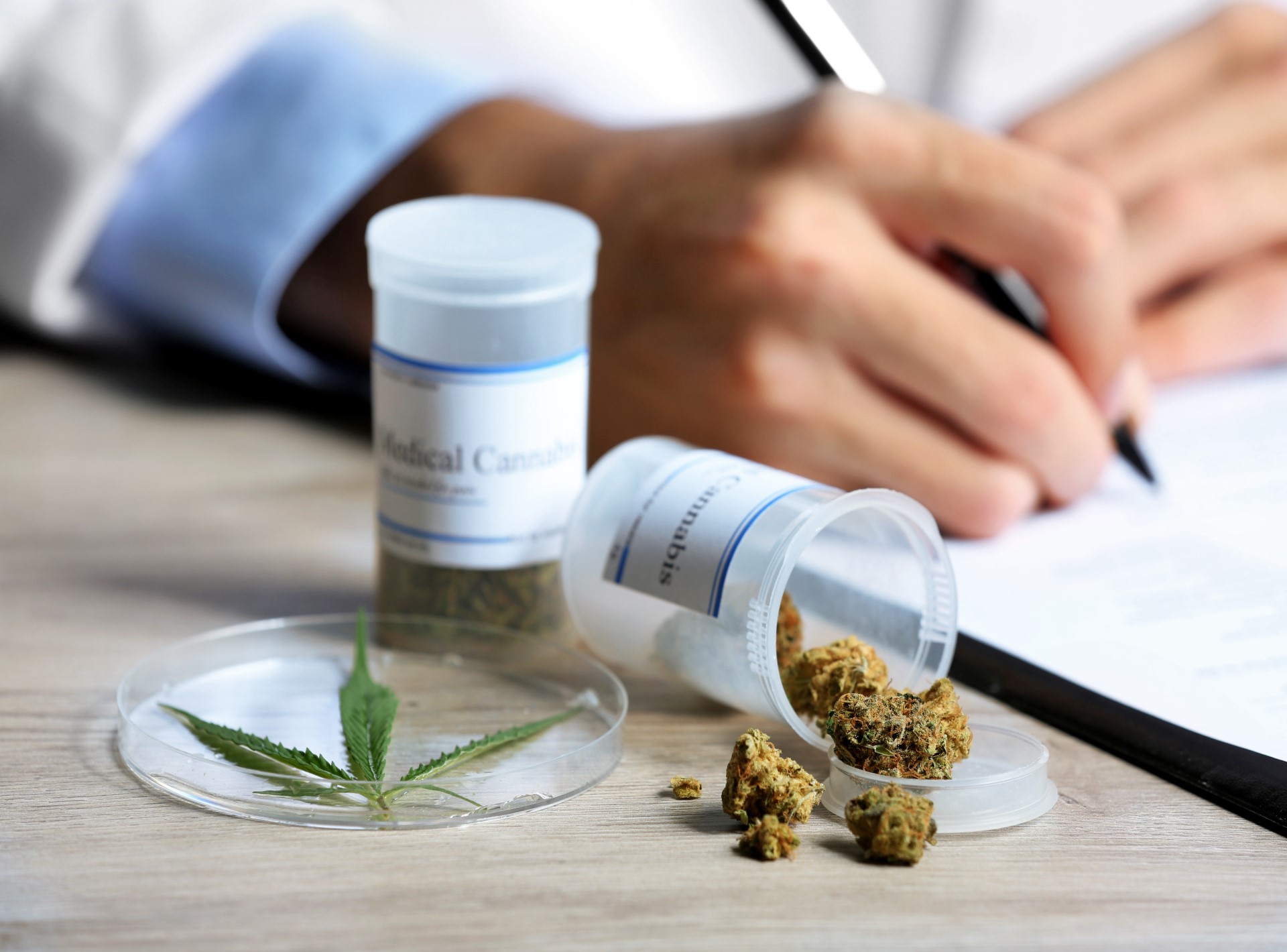
A survey of Australians using medicinal cannabis has found that it is mostly being used for pain and mental health treatment.
The study found that people using prescribed cannabis that mostly contained the ‘high’-inducing active compound tetrahydrocannabinol (THC), were more likely to be younger, male, and to be inhaling the drug.
People taking forms that mostly contained cannabidiol, which does not make you ‘high’, were more likely to be older, female and taking the drug orally.
The study found that most people receiving prescribed cannabis reported improvement in their levels of pain, depression, anxiety, and sleep.
People mostly using prescribed THC dominant products were younger, more likely to be male, and more likely to consume their prescribed product via inhalation compared to their CBD-dominant counterparts.
They also spent about $40 more on prescribed cannabinoids products per week but showed no significant difference in terms of frequency of use.
Other demographics such as relationship status, employment and education did not differ between the groups, suggesting they do not play a significant role in terms of client preference.
This Australia-wide study found clear differences in consumer-reported experiences of prescribed THC- and CBD-containing products. Current prescriptions of these products do not always align with relevant clinical guidance. Educating prescribers around cannabinoid products is essential to ensure optimal prescribing practices and to prevent avoidable drug side effects and interactions.
Using cannabis in Australia that has not been prescribed remains illegal. The Therapeutic Goods Administration reported that there had been only around 30,000 Special Access Scheme-B (SAS-B) approvals to prescribe MC by the end of 2019.
However, by March 2023, almost 350,000 SAS-B approvals had been issued by the TGA involving around 5,000 medical professionals.
In an Australia-wide online survey of medical cannabis consumers, the Cannabis as Medicine Survey 2020, 37% of 1600 participants reported using prescribed MC in the past year, with the remaining majority using illicitly sourced cannabis products only for medical reasons.
The proportion of prescribed MC compared to illegal MC consumers is rapidly increasing as jurisdictions streamline regulatory processes and clinicians’ safety concerns are addressed and stigma surrounding use is reduced.
However, current MC prescribing practices often fail to follow guidance provided by the TGA or involve conditions for which no guidance is available.
A recent review of TGA approval data reported that in 2020 approximately 74.8% of approvals were for Schedule 8 products (prescribed products containing >2% THC), and 25.6% were for Schedule 4 products (prescribed conducts containing >98% CBD).

